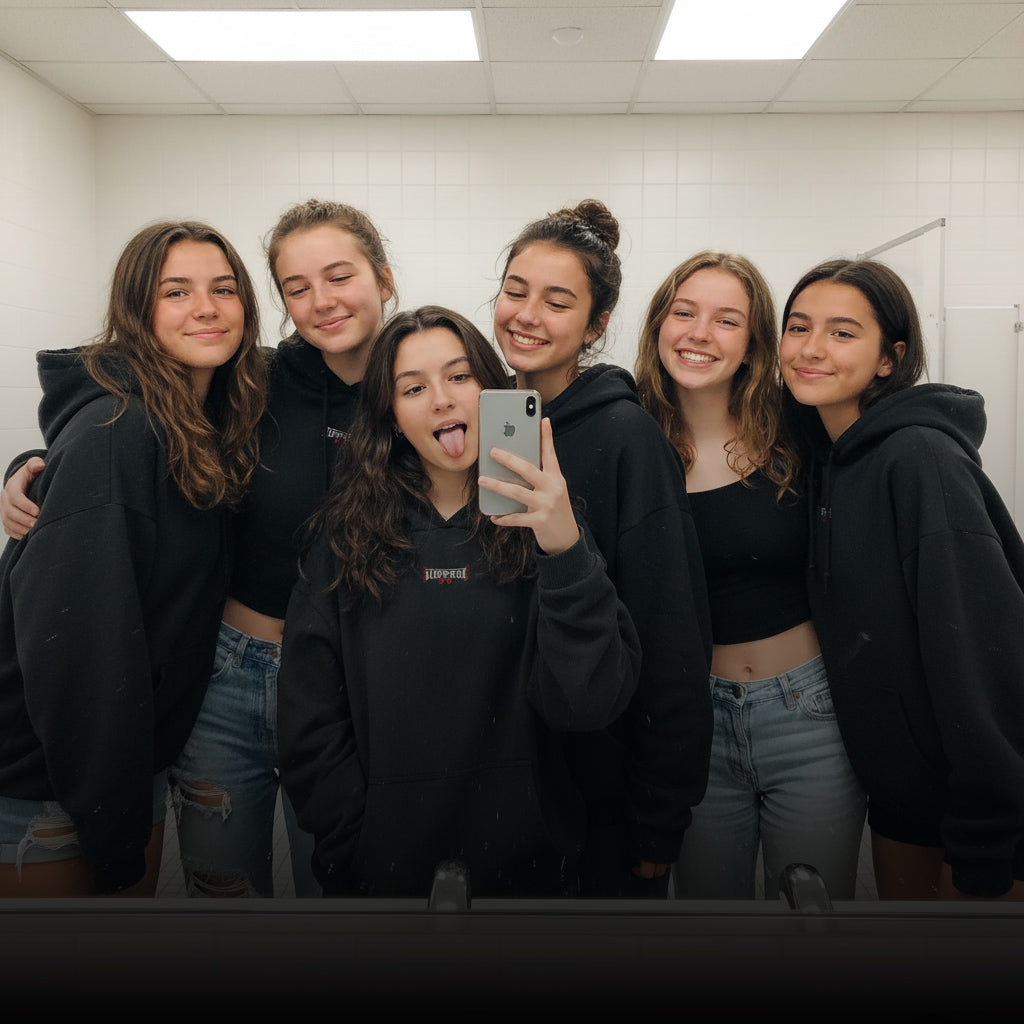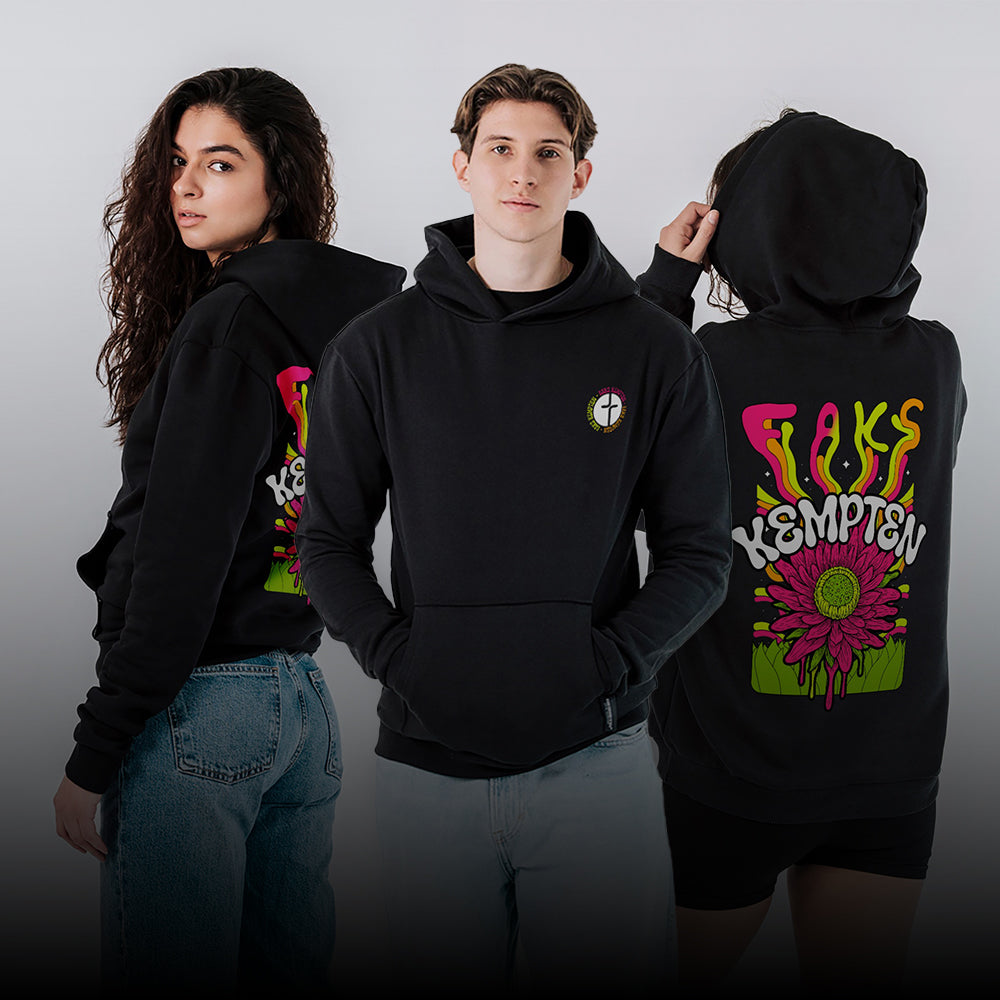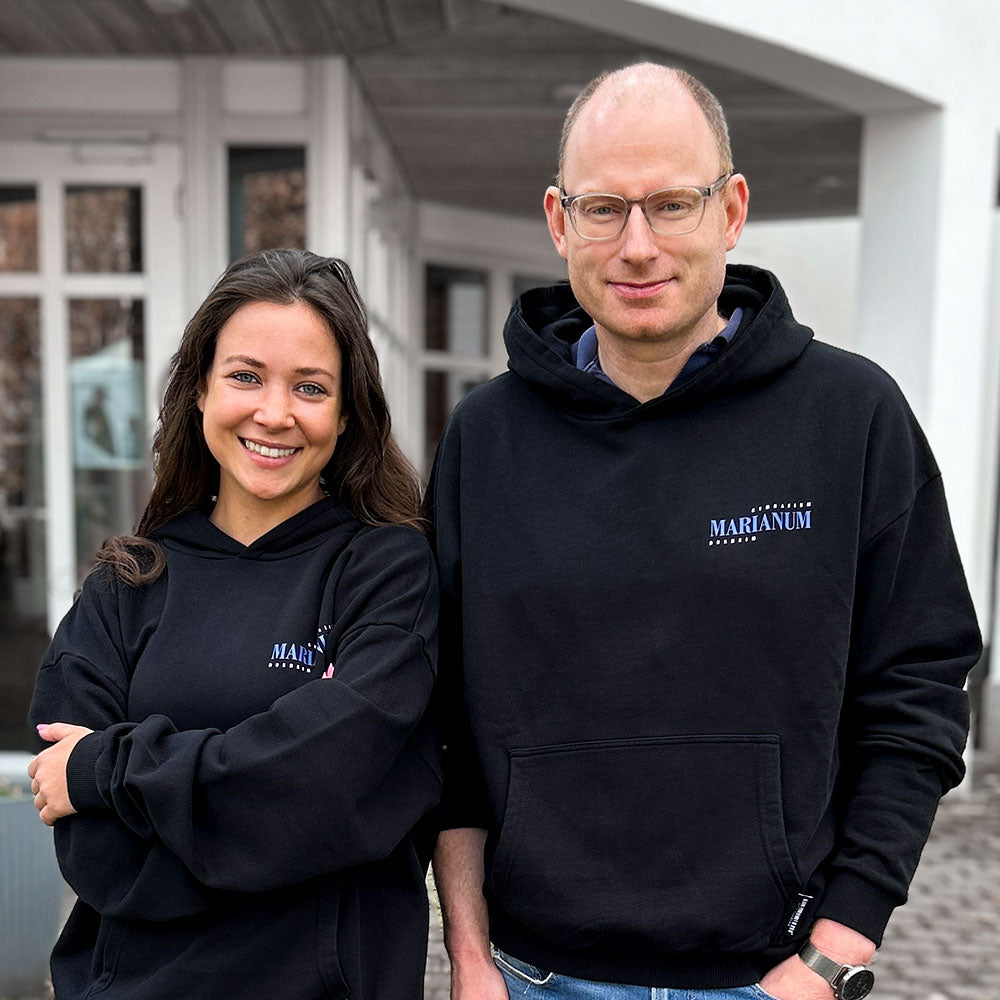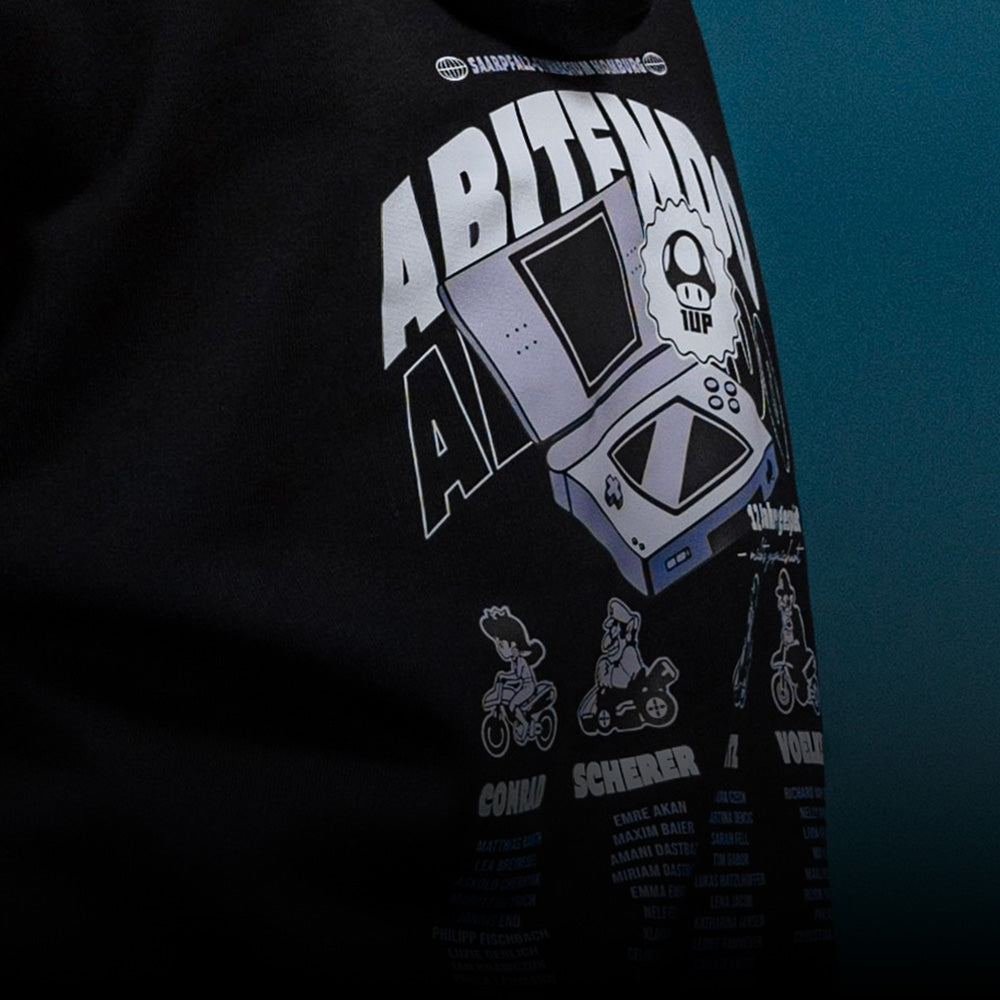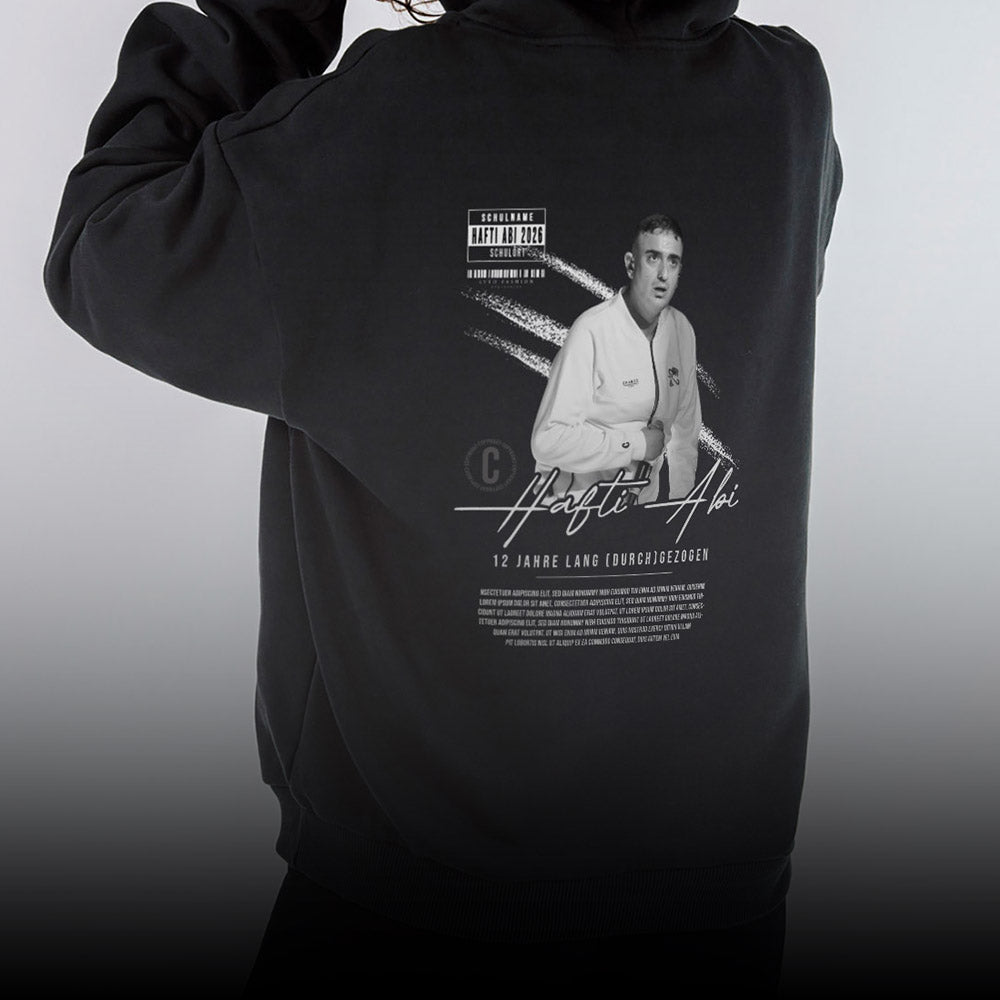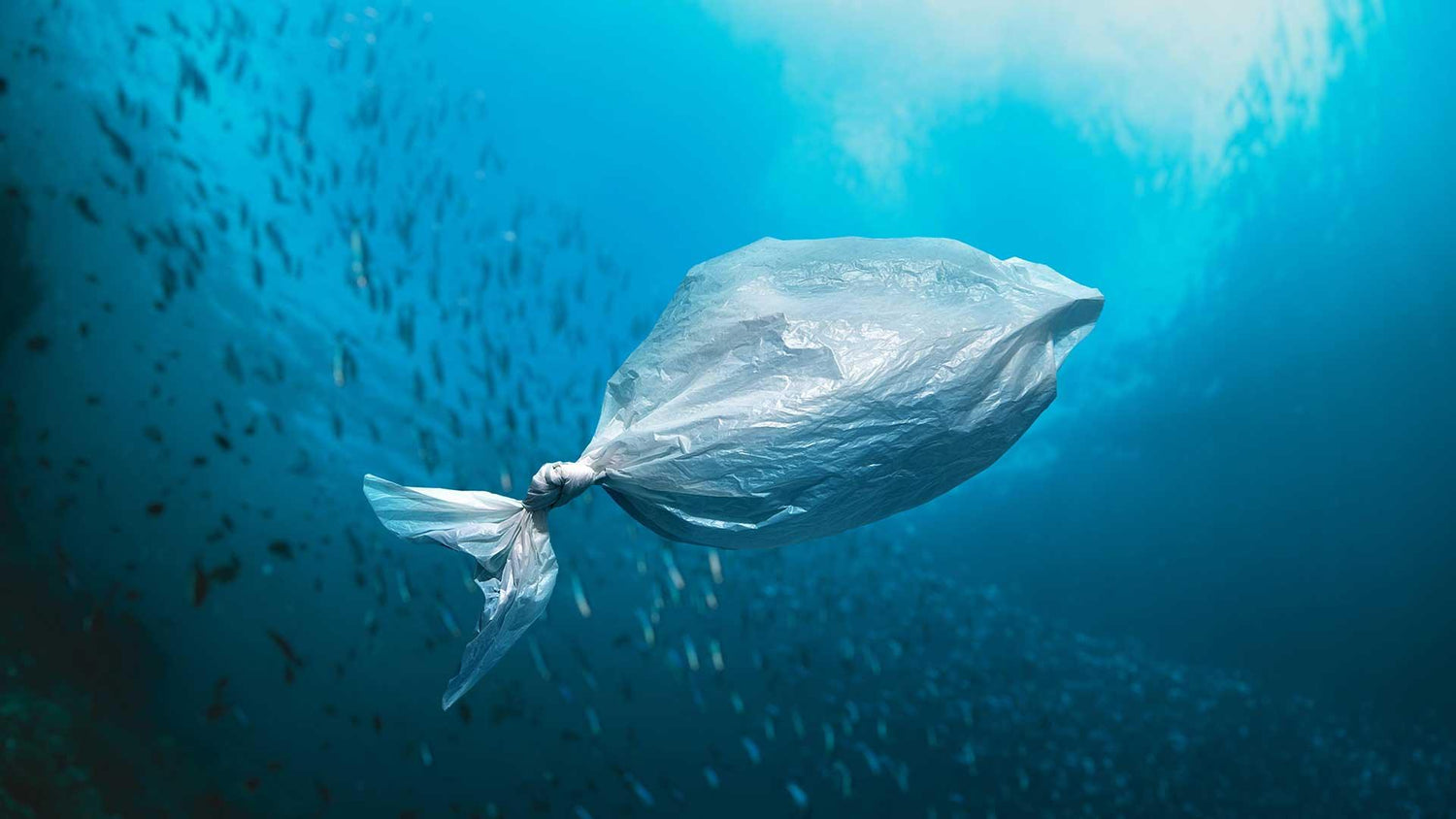Plastic pollution is a problem that affects us all. There are many different types of plastic waste, but one of the most discussed is microplastics. This tiny material can come from many sources and is already having an impact on our environment and our health. Teachers play an important role in imparting knowledge about this topic to their students. Here are some free teaching resources that teachers can use to educate their students about microplastics.
What is microplastics?
Microplastic is a form of plastic that is smaller than 5 millimeters. It can come from many different sources including cosmetics, clothing and packaging. Microplastics can be found in many bodies of water around the world and are already having an impact on the environment and our health. There are different types of microplastics, including primary microplastics, which are manufactured directly, and secondary microplastics, which are created through the breakdown of larger plastic items.
Microplastics can be ingested by various creatures, including fish, birds and even humans. There is a possibility that microplastics can affect our health as they may contain toxins and can damage our organs. It is important that teachers educate their students about the effects of microplastics and how they can help reduce the amount of microplastics in the environment.
Free learning materials on the topic of microplastics
In addition to our teaching materials , there are many free learning materials that teachers can use to inform their students about microplastics. For example, National Geographic's website has an entire page of articles, videos, and other resources about microplastics. The European Union website also has a page with information about microplastics and how to avoid them.
The NOAA (National Oceanic and Atmospheric Administration) Marine Debris Program offers free learning materials on microplastics. They also have a game called Marine Debris Tracker that helps students learn how to track and report trash in their area. There are also many YouTube videos on microplastics that teachers can incorporate into their lessons.
More ways to educate students about microplastics
In addition to using free learning materials, there are many other ways teachers can educate their students about microplastics. For example, they can organize field trips where students can investigate the effects of microplastics in their environment. Teachers can also initiate projects that teach students how to make reusable products or how to properly dispose of trash to reduce the amount of microplastics in the environment.
Another way to educate students about microplastics is to set up recycling programs in schools. Teachers can encourage their students to use reusable water bottles and lunch boxes and avoid plastic bags. You can also set up recycling bins and help students sort trash into the correct bins.
Another way to raise students' awareness of sustainable consumption is to launch a sustainable collection in collaboration with LYTD Fashion as a school project .
A sustainable collection includes garments made from recycled materials and produced in a more environmentally friendly way. LYTD Fashion, for example, offers a 100% recycled collection made from recycled cotton and plastic bottle fibers. By using recycled materials, the amount of waste is reduced and resources are conserved.
The introduction of a sustainable collection as a school project offers students the opportunity to become actively involved in sustainability and environmental protection. You can learn how clothing is made and what impact production has on the environment. In addition, they can learn how to consume more responsibly and how they can contribute to environmental protection by purchasing sustainable clothing.
A sustainable collection as a school project also offers the opportunity to raise awareness of sustainability and inform other students and parents about it. Students can share their experiences and insights and promote sustainability at school and beyond.
Teachers play an important role in imparting knowledge about microplastics to their students. Free learning materials , like ours, can help teachers educate their students about the impact of microplastics on the environment and our health. However, there are many other ways teachers can educate their students about microplastics, such as through field trips, recycling programs, and projects.
Good luck with teaching and learning!
Your LYTD Fashion Team




